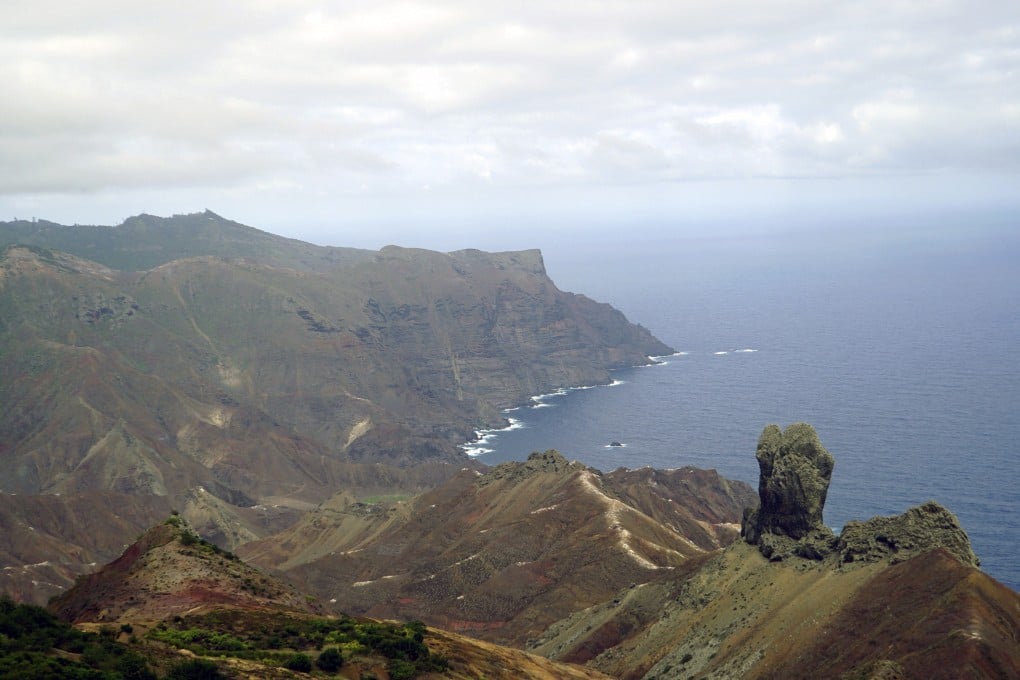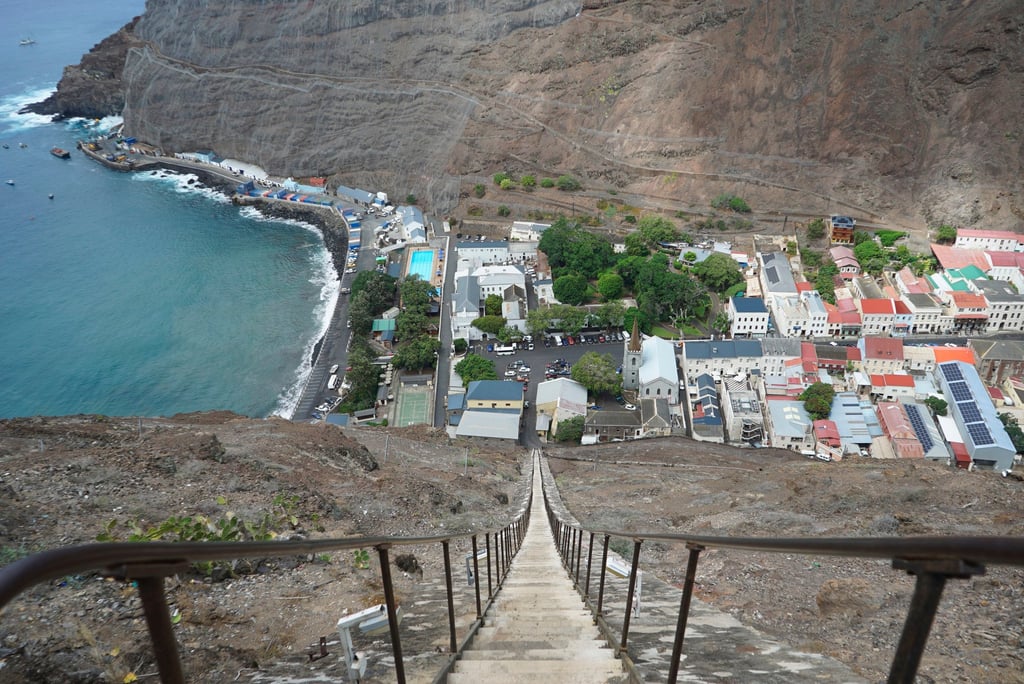St Helena hopes to woo more tourists to the island where Napoleon died and world’s oldest land animal lives
- St Helena in the South Atlantic, where Napoleon died in exile, is touting its history and nature, from trekking to whale watching and swimming with devil rays
- Served by weekly flights from South Africa, the remote island, home to some 4,000 people and to Jonathan, a tortoise 192 years old, still sees few visitors

St Helena, a small, craggy island in the South Atlantic Ocean, hasn’t seen many tourists for good reason: it’s one of the most remote inhabited places in the world.
Until 2017, it took five nights by boat to reach the British overseas territory, which is nearly halfway between southern Africa and Brazil.
Today, with weekly commercial flights and the recent arrival of high-speed internet, the government is hoping to breathe new life into a fledgling tourism industry that welcomed about 2,100 leisure travellers in 2023.
The island has just a little more than 4,000 residents, or Saints as they call themselves, and is likely to attract a certain kind of visitor. “It’s people with a real desire to travel and learn rather than, ‘let’s go somewhere to have a bit of sunshine and some nice food’,” says Emma Phillips, whose husband, Nigel, is St Helena’s governor.

After all, weather can be unpredictable and supplies occasionally run low when you’re 1,900km (1,200 miles) from the nearest continent.